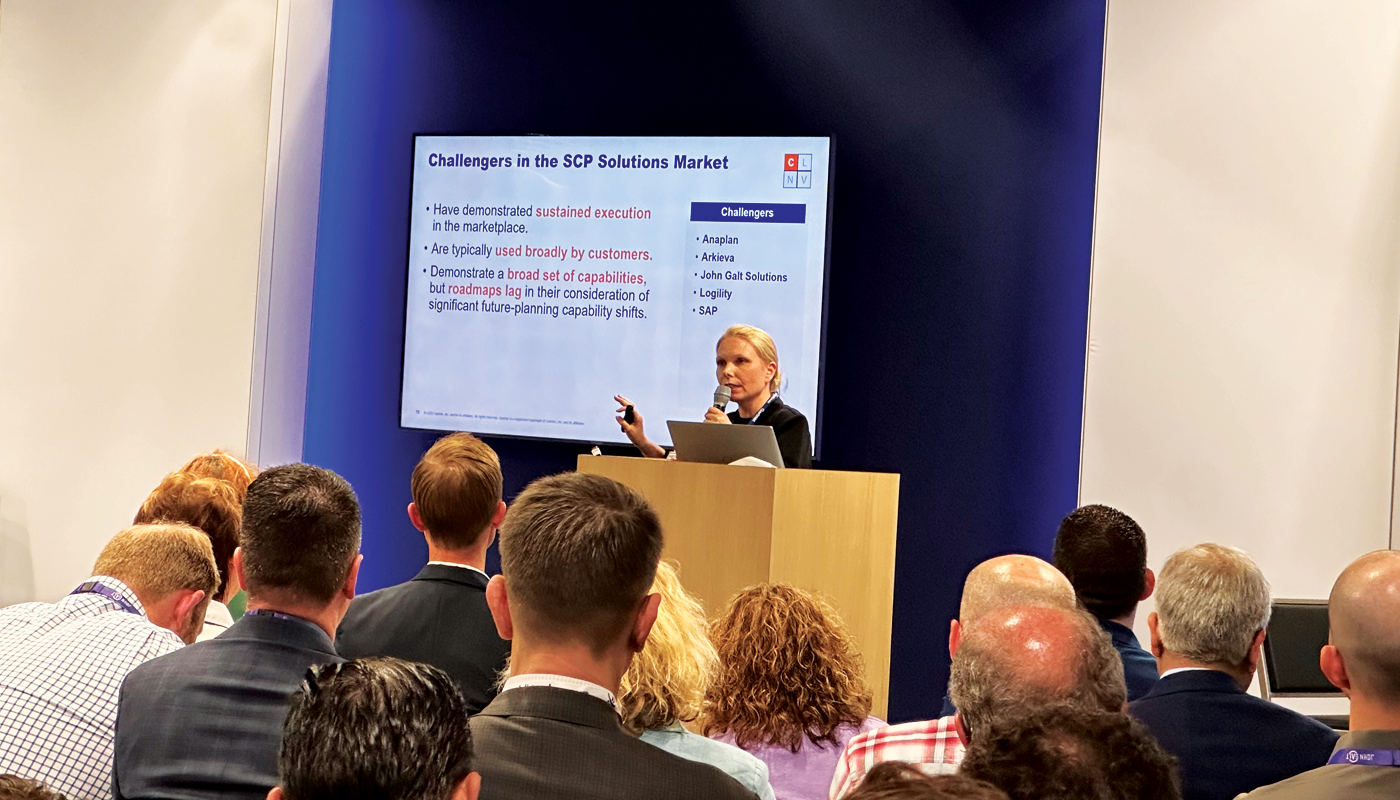Last time in Sales, Inventory & Operations Planning (SiOP) – Part Four I talked about the Supply step of the cross-functional process of SiOP. For this blog we will conclude this discussion with the Exec SiOP step.
Exec SiOP
In the ‘demand’ part we already discussed you should come to 1 forecast for sales, finance and operations, and have a monthly check of that forecast to the budget, which you can consider as the plan that contains a certain ambition to realize a given strategy. You need a monthly review of ‘where we are with respect to the plan’, ‘which are the gaps’, ‘how we want to address them’ and ‘what will be the impact on marketing, sales, operations and the inventory’.
In the Exec SiOP we want to agree on ‘where we are’ and ‘what is the plan forward’. That seems straightforward, but without an Exec SiOP we see that different departments have different plans based on different assumptions and are steering in different directions. Guess where that leads to.
The attention span of a senior executive is short because their time is precious. If you want them to buy in, you need to give them some action. Avoid having too many reports on too many KPI’s. It creates an overload of information and will tend to bore people. Make sure you have the KPI’s and the reports, but start your preparation by putting them into the appendix of your presentation.
So what to do when you have your senior leadership sitting in 1 meeting room? You grasp to opportunity! You make sure to review the major business challenges you are facing, taking a look at them from different angles and agreeing on an orchestrated approach on how to tackle them.
Given your major challenges are surrounded by uncertainty, the decision making in the Exec SiOP should be based on comparing scenarios. Your final SiOP plan is typically the result of evaluating possible alternatives on service, cost and inventory.
In the Exec SiOP, the type of decisions you make are on a higher level and they typically have a bigger impact. Examples are: will we keep production running to support the EBIT, knowing we’ll be producing inventory and consuming cash? What will be the impact of the Russian embargo on Turkey or of Iran opening up to trade with the west? Do we agree building stock for the big project or tender in Russia, knowing the product is customer specific and may be hard to get sold if the deal gets cancelled?
Any decision with a potential major impact on your ROCE should be supported with scenarios and be presented for a decision to your Executive committee. It requires a strong S&OP leader to detect the relevant business challenges and make the appropriate preparation. Though the pressure in publicly listed companies is short term, he should convince his executive committee that the real window of opportunity is in the mid-term, anywhere between 3-18 months out.
Engaging the executive committee in scenario based decision making on a tactical horizon requires a strong S&OP leader backed-up with a powerful tool providing the necessary reporting to ensure agreement on ‘where we are’ and complemented with scenario capabilities to reach consensus on ‘what is plan forward’.
In summary
Maturity amongst companies is very diverse. We may be strong in demand planning but miss the supply planning and a real Exec SiOP. We may have the supply planning and Exec SiOP but have a lack of participation of sales in the forecasting and of senior management in the exec SiOP. Many of us will claim to have S&OP, but may have significant steps to make, and significant investments to make in S&OP tooling to enable driving the process at a higher level of maturity and efficiency.
Thank you for reading!






